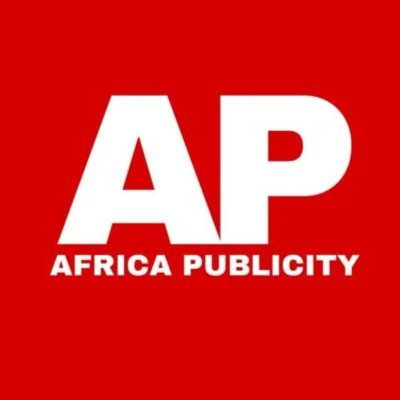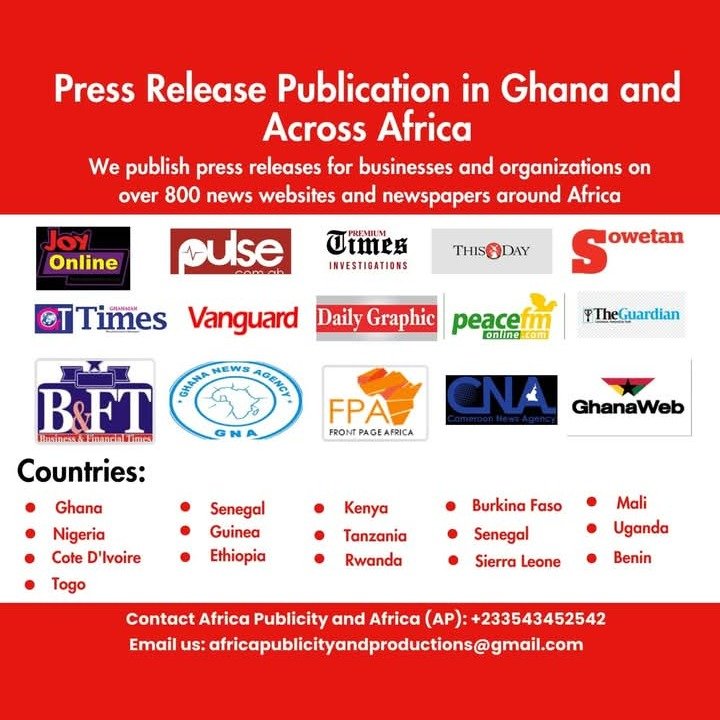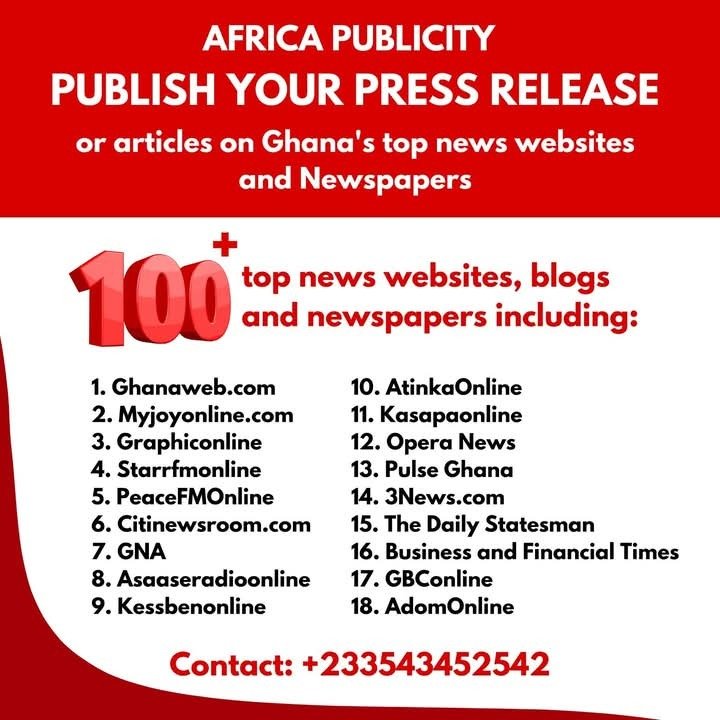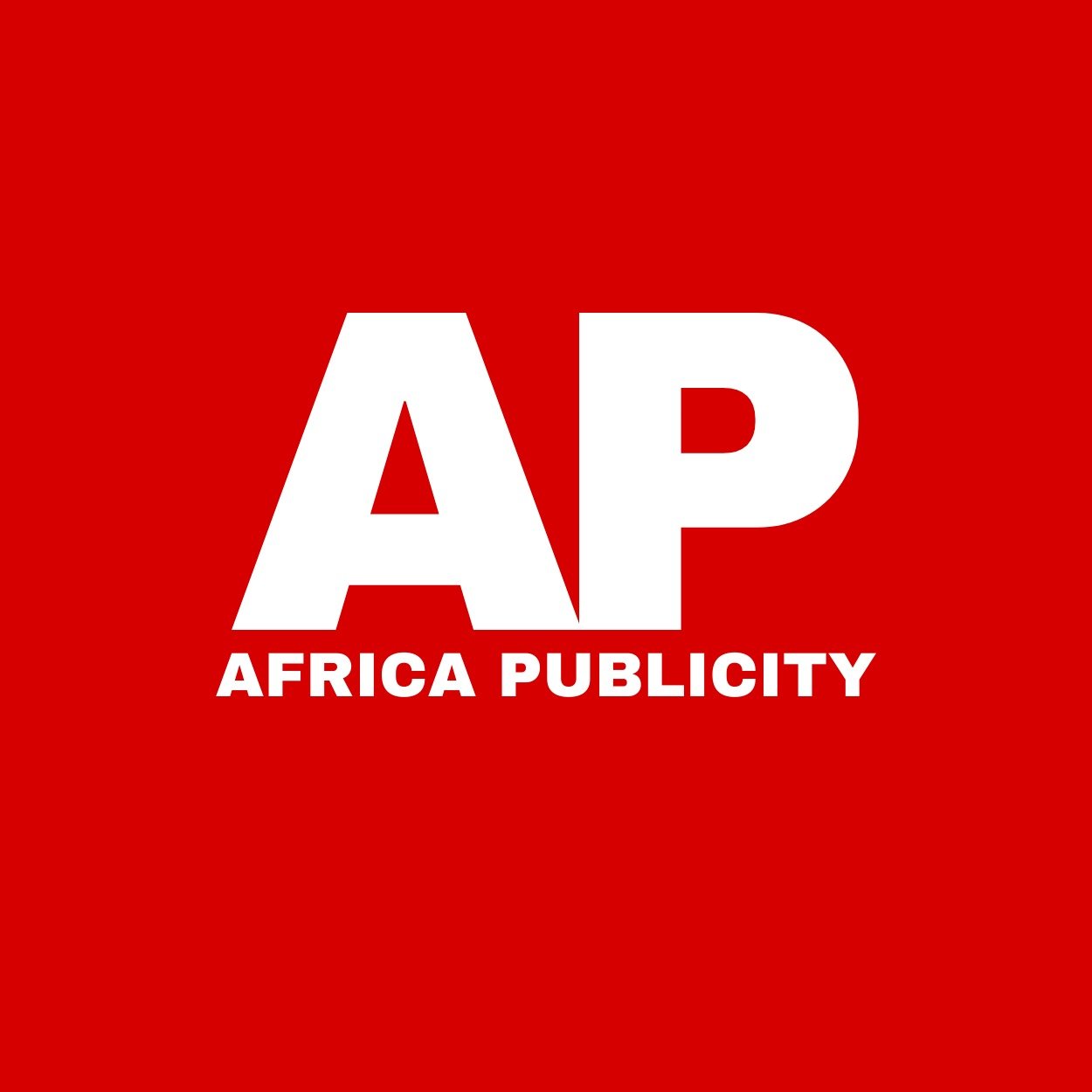By Isaac Christopher Lubogo
THE GOOD: Aspirations, Growth, and Strategic Vision
1. Ambitious Economic Expansion:
Budget increased to UGX 72.37 trillion.
GDP growth projected at 6.3%, inflation kept low at 3.4%.
Infrastructure spending remains strong: roads, power, tourism, ICT, and oil development prioritized.
2. Wealth Creation Programmes:
Major funding for PDM, Emyooga, UDB, ACF, and a new Commercial Farming Credit Facility.
Over UGX 9T earmarked for direct economic empowerment initiatives targeting youth, women, and SMEs.
3. Industrialization Drive:
Notable investment in agro-processing, oil & gas, pharmaceuticals, electric vehicles, and ICT.
Local innovations and export diversification, e.g., milk to Algeria, electric buses to West Africa.
4. Human Development Push:
Investment in health (Shs 721B), education (UPE, seed schools), and social protection.
SAGE, YLP, UWEP and disability-inclusive programs featured prominently.
5. Fiscal Relief for SMEs:
Stamp duty abolished on mortgages and agreements.
Tax holidays for startups.
Waivers on interest and penalties for overdue taxes—pro-SME reforms.
6. Focus on Accountability:
Pledge to eliminate domestic arrears within 3 years (UGX 1.4T allocated).
Emphasis on digitization (e.g., e-services, SPEAR, EFRIS) for transparency.
THE BAD: Fragility, Redundancy, and Hidden Costs
1. Heavy Borrowing:
Over UGX 21 trillion sourced from debt (domestic + external).
25% of the budget committed to debt refinancing and amortization.
Debt-to-GDP ratio at 51.26%, nearing red zones of fiscal stress.
2. Fragmented Implementation:
Overlapping roles among PDM, Emyooga, UDB, ACF, GROW, INVITE—leading to bureaucratic inefficiency.
Risk of resource duplication without a National Wealth Coordination Authority.
3. Elite Capture Risk:
Large-scale credit facilities (e.g., UGX 175B for commercial farmers) may favor political elites unless tightly monitored.
4. Service Quality Gaps:
Health and education: expanded access but still struggling with absenteeism, drug shortages, and poor quality.
Water systems often break down due to lack of maintenance despite high investment claims.
5. Informal Sector Still Left Behind:
Despite accounting for over 80% of employment, informal businesses face limited access to credit, tech, and markets.
6. Poor Implementation History:
Budget promises like Lubowa Hospital, Bukasa Port, or certain road projects remain delayed or marred by scandal.
THE UGLY: Political Messaging, Patronage, and Surveillance Risks
1. Budget as Political Tool:
Speech heavily targeted specific groups: youth, women, security forces, cultural/religious leaders—suggesting mobilization ahead of elections.
2. Militarized Governance:
Expanded budget for security and surveillance, including EPSAuto, ITMS, and CCTV, raises concerns on civil liberties and freedom of expression.
3. Corruption and Abuse Risks:
Programmes like PDM already face reports of political interference, ghost beneficiaries, and misuse.
Without strong independent audits, the gap between funds disbursed and actual impact will widen.
4. Debt Sustainability Doubts:
Heavy borrowing without strong returns on investment could trigger a non-transformational debt trap.
Debt service crowds out funds for long-term social investment.
5. Populist Tariff Adjustments:
Textile tariff cuts may please traders but undermine local industries if not matched with protective policy support.
TAKEAWAYS FOR THE ORDINARY UGANDAN:
1. Hope with Caution:
There is potential for transformation if funds reach communities honestly.
The budget targets small businesses, youth, and farmers—but many won’t benefit without access, training, or credit literacy.
2. More Taxes Coming:
Despite waivers, new excise duties, import levies, and digital compliance obligations (EFRIS, IDF) may indirectly raise the cost of living.
3. Watch Implementation, Not Declarations:
Great speeches don’t equal real benefits. Citizens must monitor, demand accountability, and engage locally to ensure service delivery.
4. Social Protection Is There—but Thinly Spread:
From SAGE to YLP, funding exists but access is limited, and implementation often slow.
5. Jobs Still Scarce:
The biggest concern remains: Will this budget create decent, sustainable jobs for the youth majority? That answer is not yet clear.
FINAL VERDICT:
The 2025/2026 Uganda Budget is ambitious, well-crafted, and future-facing. But without governance reform, citizen oversight, and execution discipline, it risks being another technocratic monologue—heard in Parliament, but never felt in the village.
> “Will this be the year that the Budget walks off the podium and into the people’s lives?”
Only delivery—not declarations—will decide.








